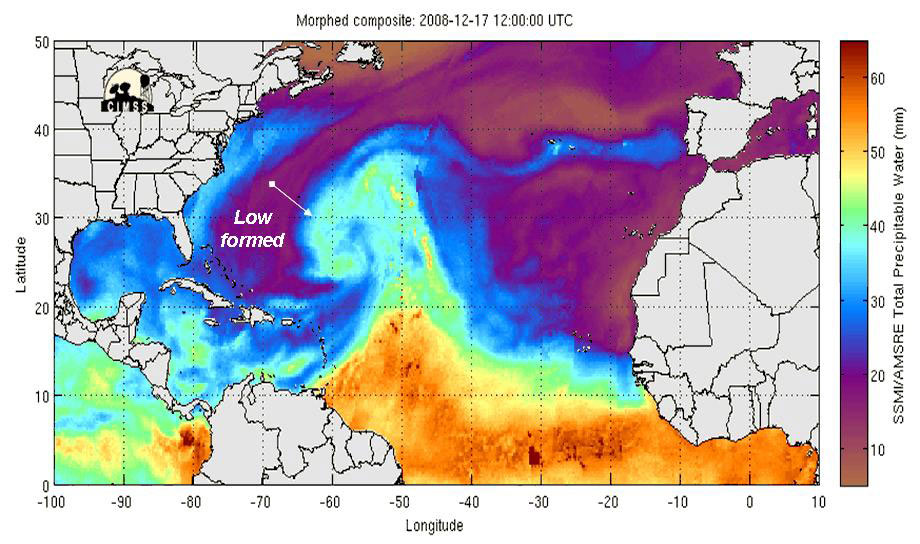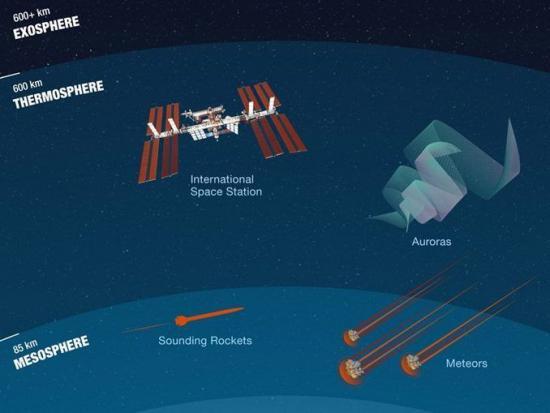

You can support the flight by buying a Solar Eclipse Pendant: 14th, they'll launch a cosmic ray research balloon equipped with cameras to photograph the shadow zone of an eclipse over Nevada. SOLAR ECLIPSE PENDANT: The students of Earth to Sky Calculus are about to try something never done before-to photograph the shadow of an annular solar eclipse from the stratosphere. 12th, auroras were photographed in multiple US states as far south as Colorado and Missouri. Sky watchers should remain alert for more auroras in the hours ahead.

"This is just a quick shot now," says photographer David Glaser of Castle Danger, MN. Indeed, here is the current view from Minnesota: During G2 storms, auroras are frequently seen in northern tier US states. The fast moving storm cloud triggered a G2-class geomagnetic storm, in progress now. GEOMAGNETIC STORM IN PROGRESS: Arriving a day earlier than expected, a CME hit Earth's magnetic field on Sept. 28, 2023, as a show of thanks for years of service and hope for future daisies: Until then, we will maintain AIM's iconic "daily daisy," frozen at Feb.
THERMOSPHERE METEOROLOGICAL PHENOMENA FULL
There may be some hope of a recovery as AIM's orbit precesses into full sunlight in 2024. As a result AIM is offline, perhaps permanently. What happened to NASA's AIM spacecraft, which has been monitoring NLCs since 2007? Earlier this year, the spacecraft's battery failed. As the season progresses, these dots will multiply in number and shift in hue from blue to red as the brightness of the clouds intensifies. For the rest of the season, daily maps from NOAA 21 will be presented here:Įach dot is a detected cloud. An instrument onboard NOAA 21 ( OMPS LP) is able to detect NLCs (also known as "polar mesospheric clouds" or PMCs). The first clouds were detected inside the Arctic Circle by the NOAA 21 satellite. The northern season for NLCs began on May 26th. There are no significant equatorial coronal holes on the Earthside of the sun. Switch to: Europe, USA, New Zealand, Antarctica Neutron counts from the University of Oulu's Sodankyla Geophysical Observatory show that cosmic rays reaching Earth are slowly declining-a result of the yin-yang relationship between the solar cycle and cosmic rays. Credit: SDO/HMIĬosmic Rays Solar Cycle 25 is intensifying, and this is reflected in the number of cosmic rays entering Earth's atmosphere. Never miss out again when another interesting and helpful article is released and stay updated, while also receiving helpful tips & information by simply following this link.Large sunspot AR3435 poses a threat for M-class solar flares. If you are interested in the complete structure and make-up of the atmosphere, this article covers all five atmospheric layers and their relation to each other in more detail. This article highlighted the importance of the mesosphere, as well as examining its defining characteristics. The third and coldest layer of the atmosphere has just an important part to play as any of the other four atmospheric layers. ConclusionĪlthough it may be the least-known layer in the atmosphere, as this article illustrated, a fair amount of valuable information has already been obtained to help better understand the mesosphere and its importance much better. This list does not contain all the data available about the mesosphere but highlights the key facts and characteristics of this layer. (You can learn more about sounding/weather rockets in this article.) One of the only ways to study this part of the atmosphere is by using sounding rockets. Scientists know very little about this layer since it lies at a height above the upper limits of conventional aircraft but below the region where low-orbiting satellites can operate. "Mesosphere" is derived from the Greek word mesos sphaira, meaning "middle sphere." It is a very apt description since the mesosphere is situated in the middle of the five layers (with the troposphere and stratosphere below, and thermosphere and exosphere above it.) Temperatures drop as altitude increases in this space, unlike the stratosphere, which is characterized by a temperature inversion (a rise in temperature as altitude increases.) This region is the coldest part of the planet's atmosphere. It is also the coldest of the five layers with its upper boundary, called the mesosphere, reaching temperatures as low as -90° Celsius (-130° Fahrenheit).

Like the other atmospheric layers, it does not have a fixed height but starts at an altitude of approximately 50 km (30 miles), extending up to a height of roughly 85 km (53 miles). The mesosphere is situated just above the stratosphere, with a thin layer of air called the stratopause separating the two layers.


 0 kommentar(er)
0 kommentar(er)
